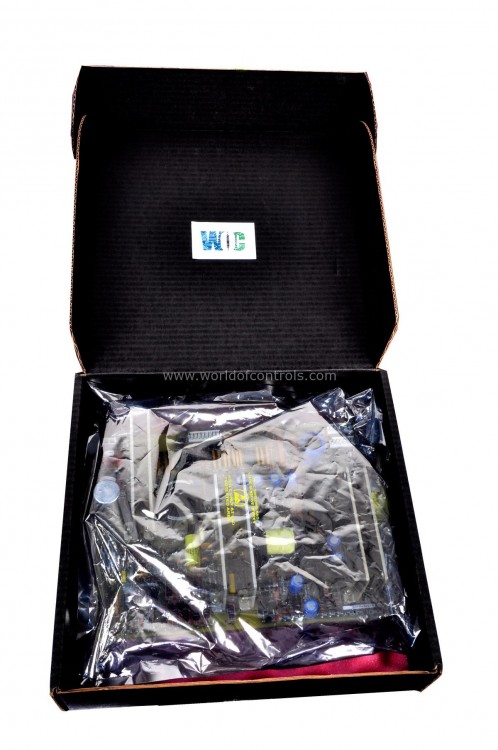
World Of Controls understands the criticality of your requirement and works towards reducing the lead time as much as possible.
DS200TCCBF1ACA - Software PROM Set is available in stock which ships the same day.
DS200TCCBF1ACA - Software PROM Set comes in UNUSED as well as REBUILT condition.
To avail our best deals for DS200TCCBF1ACA - Software PROM Set, contact us and we will get back to you within 24 hours.
Part Number: DS200TCCBF1ACA
Manufacturer: General Electric
Series: Mark V
Temperature -30 to + 65 oC
Altitude: 2000 m maximum
Relative humidity: 5 to 95 percent non-condensing
Surge: Designed to ANSI C37.90.1
Repair: 3-5 Days
Product type: Software PROM Set
Country of Manufacture: United States (USA)
DS200TCCBF1ACA is a Software PROM Set developed by GE under Mark V control system. EPROM ensures that essential instructions and parameters needed for the controllers' operation are preserved, even during power outages or system resets. While EPROM handles fixed memory, changes to system settings, such as sequencing and I/O assignments, are typically stored in Electrically Erasable Programmable Read-Only Memory (EEPROM), which allows for updates without requiring hardware modifications.
WOC is happy to assist you with any of your GE requirements. Please contact us by phone or email for pricing and availability on any parts and repairs.
What is DS200TCCBF1ACA?
It is a software PROM set developed by GE.
What types of analog inputs does the Mark V system accept?
The system primarily accepts inputs from transducers on the turbine, such as vibration or speed sensors. It also supports 4-20 mA and 0-1 mA inputs for other types of transducers.
How does the Mark V system provide power to transducers?
Each analog input can receive isolated 21 V DC excitation power from the Mark V system to power the connected transducer.
How can the input configuration be adjusted in the system?
The system features jumpers that allow for the selection of current or voltage input, adjustment of burden resistor size, and different grounding options. This flexibility accommodates various transducer requirements and installation conditions.